Being food safe at home is something I don't see a lot about, but as someone who regularly has to put out food safety fires in facebook groups, I've decided I need to explain how we can be food safe at home. So this is my guide to food safety 101 for home cooks.
If we're going to be making food at home and cooking with our kids, then we need to get food safety down pat and we also need to teach our kids to be food safe too. Realistically, we often think of food poisoning as something you get from a dodgy takeaway shop, but not being on top of food safety at home can be the cause too.
Nobody wants to get sick from food poisoning, it's revolting...plus as a parent you don't even get a rest when you've got it!
We can get unwell bacteria developing as a result of: high-risk foods, unclean plates, ignoring the temps things need to be stored and served at and even the use of a slow cooker! Our goal is delicious home cooked meals- not heads in the loo throwing up dinner.
Food safety 101 for home cooks
-
-
Prep work
First and foremost, wash your fruit and veggies. If you have kids who help themselves from a fruit bowl- wash the fruit before you put it in there. Otherwise, make sure you thoroughly clean the outside of fruit and veggies before you cook with them or serve them raw.Pay particular attention to between the leaves on lettuces (people have even found redbacks in there), and try to get between the layers on leeks and celery. The cleaner things are to start with, the better the end result will be. No-one likes a gritty salad.
-
The temperature danger zone.
You might not be aware, but there are temperatures that food needs to be stored and served at. I recommend getting an instant-read thermometer for use when cooking if you are at all anxious about this.
Between 5 degrees Celsius and 60 degrees Celsius, food is in the temperature danger zone. That's when bacteria multiply at a rapid rate and we need to avoid storing food and most especially high-risk food (more about those foods in a minute!) between 5 degrees and 60 degrees.
-
The 2/4 hour rules.
When it comes to food in the Temperature danger zone, there are some simple rules to follow. If food is held in the temperature danger zone for 2 hours- it can be chilled for later use.
If it's kept at in the danger between 2 and 4 hours you have to either: eat now or chuck it out, you can't keep it for later use.
After 4 hours: CHUCK IT OUT.Left it on the bench overnight or any other breach of these rules? THROW IT. The cost of making someone sick is much higher than the cost of chucking out the leftover bolognese sauce.
If you're sending kids to school with a ham sandwich as an example, make sure it is chilled until you put it into the lunchbox and cooler bag with an icepack at the absolute last minute before you leave the house.
-
Reheating food.
If you are reheating last nights bolognese for dinner tonight, then there are some important rules to be guided by.
Make sure that you reheat the food to super hot and quickly. Check with a thermometer if in doubt and make sure the food is heated to above 60 degrees Celsius- I aim for 70!
Stir the food and check that every bit is hot- if in doubt zap it a bit longer.
Avoid reheating again.If you have taken home food from a restaurant- the 2/4 hour rules began when the dish came to the table- not when it was put into a plastic takeaway container for you.
-
Refrigeration
Your home fridge needs to be below 5 degrees Celsius for food to be kept at the correct temperature. Your freezer needs to be below -15 degrees Celsius. But, putting hot food into the fridge can greatly affect its temperature. Ideally, relying on your fridge dial isn't the best- so a fridge thermometer is your friend.
And what about putting food in the freezer without warming it up? Freeze in portions- so that it isn't as much hard work for the freezer to chill it.
-
Slow cookers
Slow cookers are lifesavers, don't get me wrong, but there is a very good reason they tell you not to cook food from frozen...and it's about...you guessed it the temperature danger zone.
If you put a frozen chook into the slow cooker, it takes a long time to get out of the danger zone and can exceed the 2/4 hour rules before it's fully cooked, meaning that you are setting yourself up for disaster.
The same goes for those dump bag slow cooker meals- the food must be defrosted completely before putting it in the slow cooker.
If your slow cooker finishes cooking before you are home, food can also slip into the temperature danger zone- so instead look for one with a keep warm function as it keeps food above 60 degrees Celsius and therefore safe to eat!
And never use your slow cooker to reheat food- it doesn't reach the safe zone quick enough!
-
High risk foods
Obviously, chicken and seafood spring to mind when we talk about high risk foods, one we often overlook is rice and pasta, they have the perfect bacteria breeding ground: warmth and dampness.
Rice is the main reason people get sick from sushi- not the chicken or even the sashimi! Other high-risk foods are: raw and cooked meat, dairy products, eggs and egg products, smallgoods such as hams and salamis, seafood, pre-prepared salads like coleslaws, pasta salads and rice salads and pre-prepared fruit salads.
-
Cross contamination
Keep raw and cooked foods apart. They shouldn't be together in your fridge or on chopping boards. I like to use leakproof, airtight containers.
I use the real seal ones from Decor. They are glass and have plastic lids. Raw food belongs at the bottom of the fridge for a number of reasons: it can drip and it stays colder at the bottom.
Wash cutting boards in the dishwasher on high heat. And think about the order in which you prep your food. You can use the same chopping board for veggies and meat, but do the veggies first then the meat- then pop it into the dishwasher.
-
Hygiene
Teach your kids to wash their hand before getting involved in food prep. Use a nail brush to scrub under nails. Make sure hands are washed before meals, and after any mid-meal toilet breaks. Teach kids to tie back long hair (and do it yourself) and keep sleeves out of the food when prepping and eating. -
Clean up
Use a dishwasher or hot soapy water to clean up. Dry things with a dry, clean towel. Make sure that everything is dry before putting away. Store lunchboxes slightly open so that bacteria can't grow in them.
-
Hopefully that's helped you to get a better handle on food safety for home cooks!
Got a burning question? Ask below!



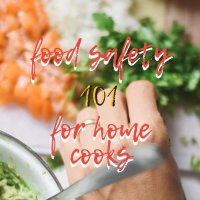
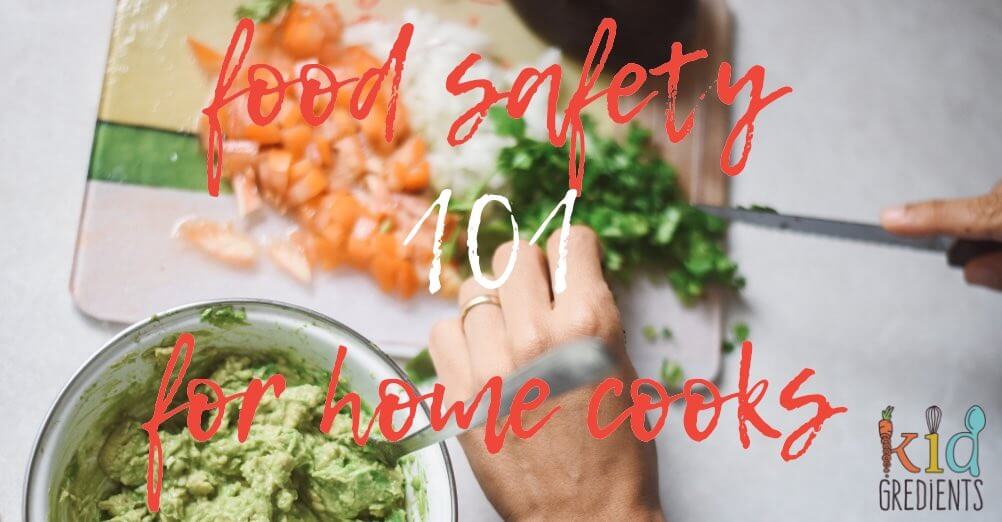
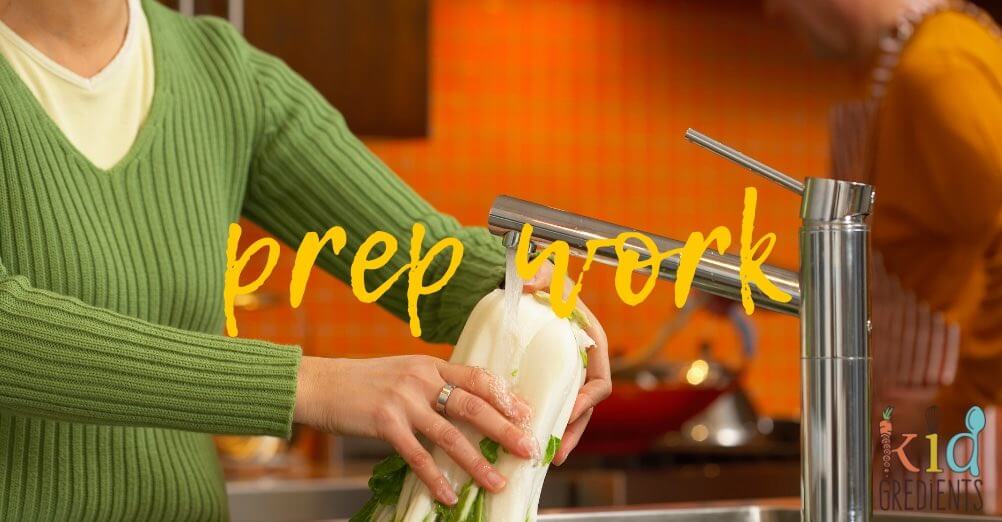

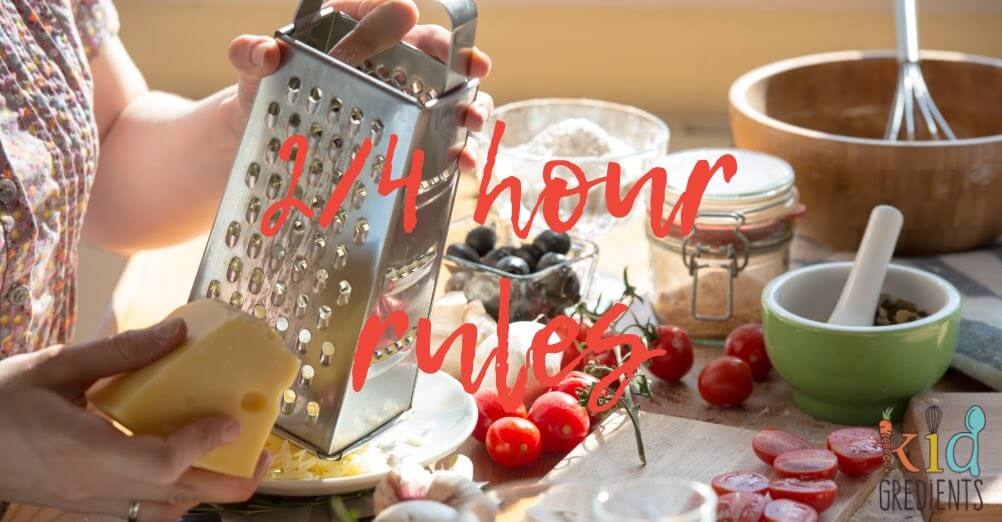

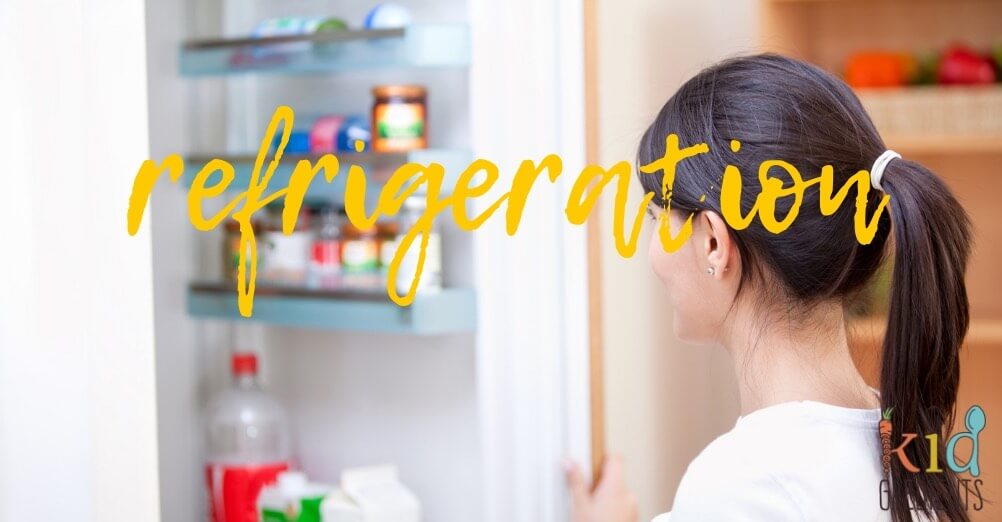 Your home fridge needs to be below 5 degrees Celsius for food to be kept at the correct temperature. Your freezer needs to be below -15 degrees Celsius. But, putting hot food into the fridge can greatly affect its temperature. Ideally, relying on your fridge dial isn't the best- so a fridge thermometer is your friend.
Your home fridge needs to be below 5 degrees Celsius for food to be kept at the correct temperature. Your freezer needs to be below -15 degrees Celsius. But, putting hot food into the fridge can greatly affect its temperature. Ideally, relying on your fridge dial isn't the best- so a fridge thermometer is your friend.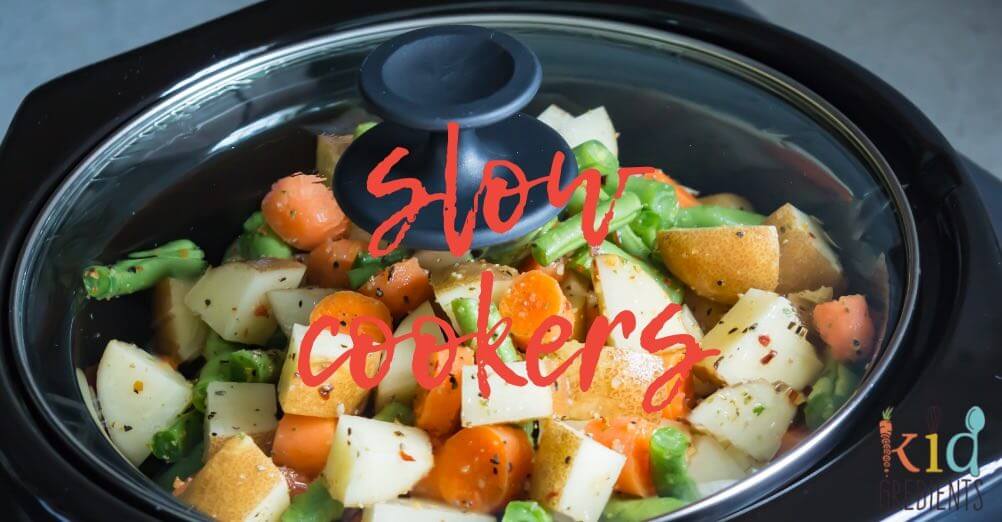
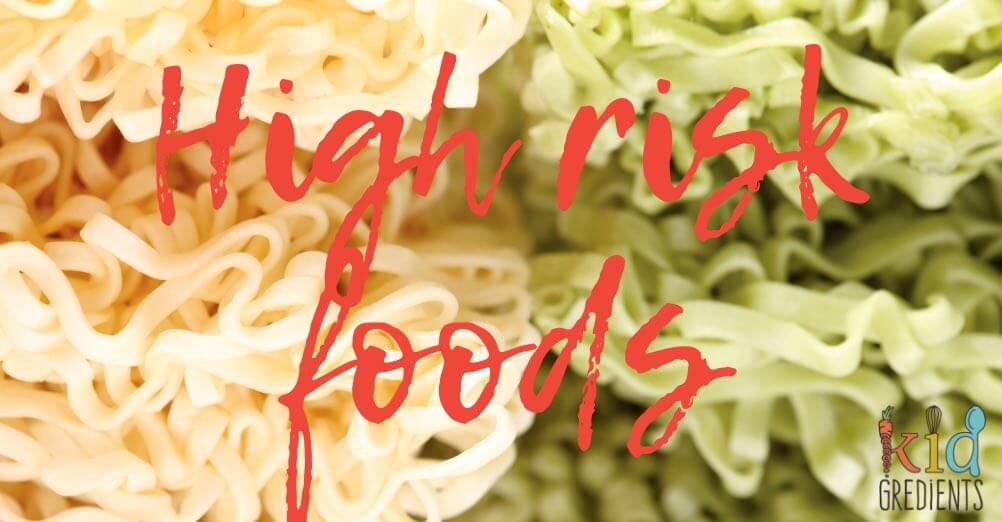
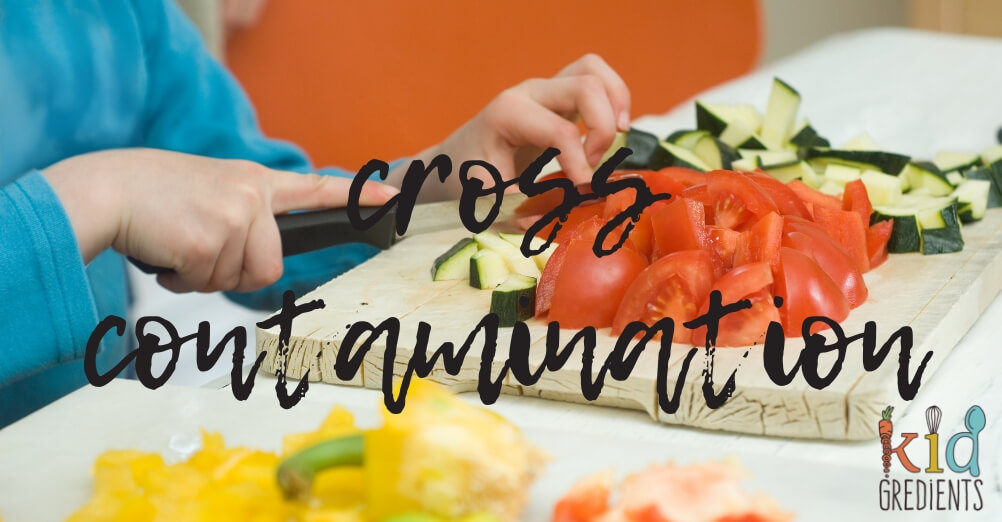
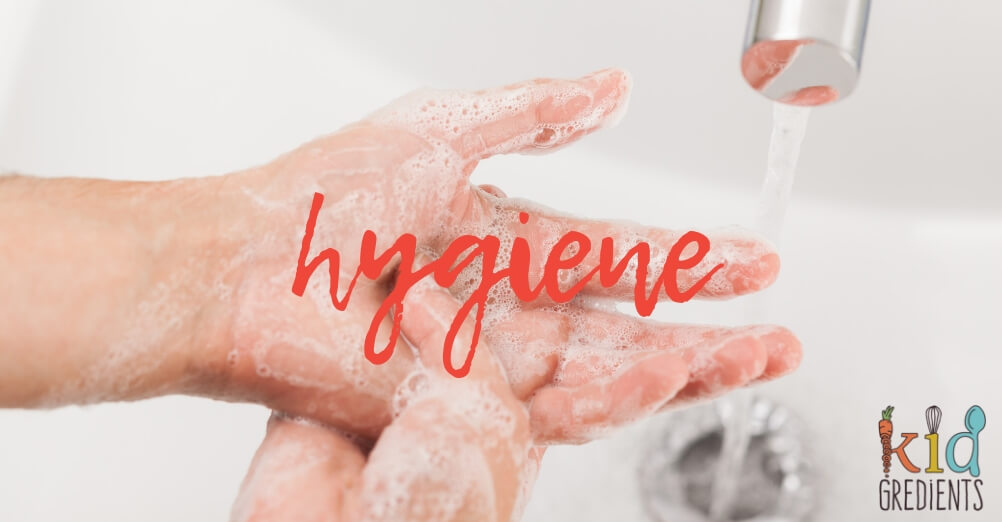
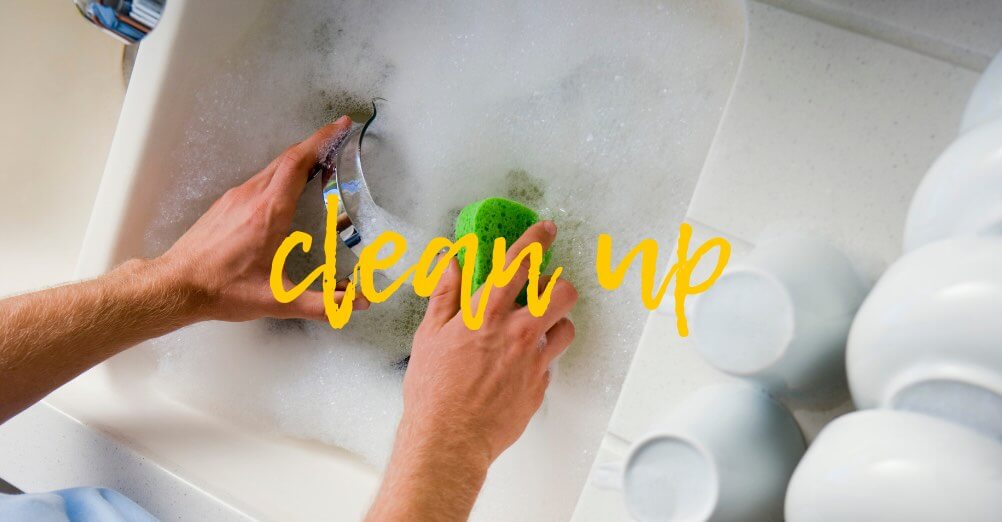
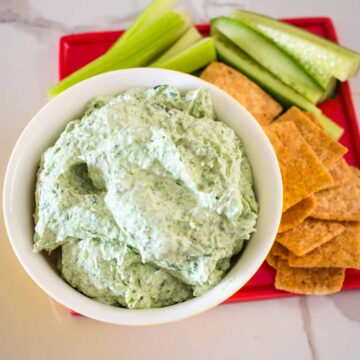
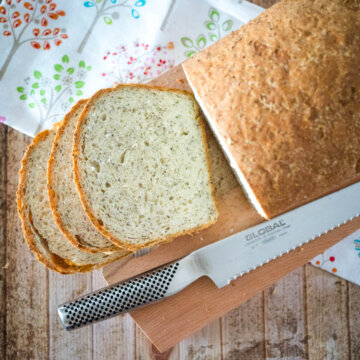
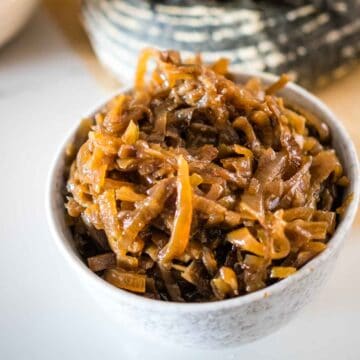
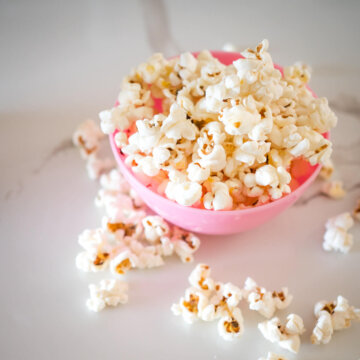
Stacey - Food Safety Superhero says
I can't tell you how much I cringe when I hear people put frozen meat in a crockpot. I think some are under the assumption if it's okay to do that with an instant, it's okay with a crockpot. I loved this article so much!
Kylie says
I know, it actually terrifies me when I see people dumping frozen food into the slow cooker.